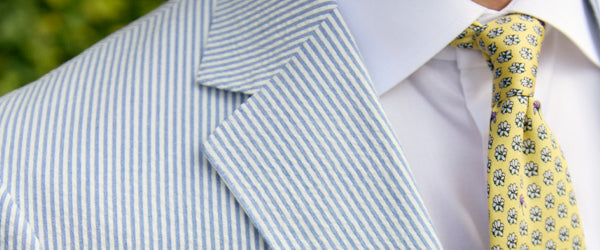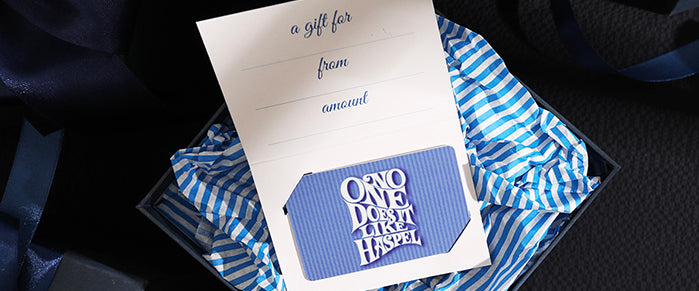Celebrating 110 Years of Seersucker: Happy Birthday to the Perfect Summer Suit
On Tom Waits’ classic Nighthawks at The Diner, during the closing track Waits agrees that he needs to step up his style, saying, “Maybe a serious seersucker Saturday evening cranberry accouterment ensemble would be nice.”
Wouldn’t it, though? The line kept snaking through my head when I was invited by Haspel, the champion of seersucker, to head South and experience the city of New Orleans — and the birthplace of the classic seersucker suit — to celebrate National Seersucker Day. Haspel was founded in New Orleans in 1909, so this was a not-to-be-passed-up opportunity to celebrate the brand’s 110th anniversary, while taking a deep drink of the culture that formed this sartorial icon.
According to fashion historian Bill Haltom, author of Milk and Sugar: The Complete Book of Seersucker, the history of seersucker fabric gets muddled in time. The name itself is said to come from the Persian; a derivation of “sheer” and “shakkar,” meaning milk and sugar, describing the way the smooth and bumpy textures of the fabric come out in the weave. It was brought to the United States from the British Colonial East Indies in the 1800s. That puckered texture causes the already lightweight fabric to lift away from the skin, keeping the wearer cool. Joseph Haspel, a clothier and tailor, adopted the fabric to make work clothes for factory workers and farmers — even prisoners — who work in New Orleans’ near-tropical climate. He was inspired to tailor the fabric into a suit for professionals to battle Louisiana’s raging heat, and it became a sensation throughout the South.
Read Entire Article Here...














